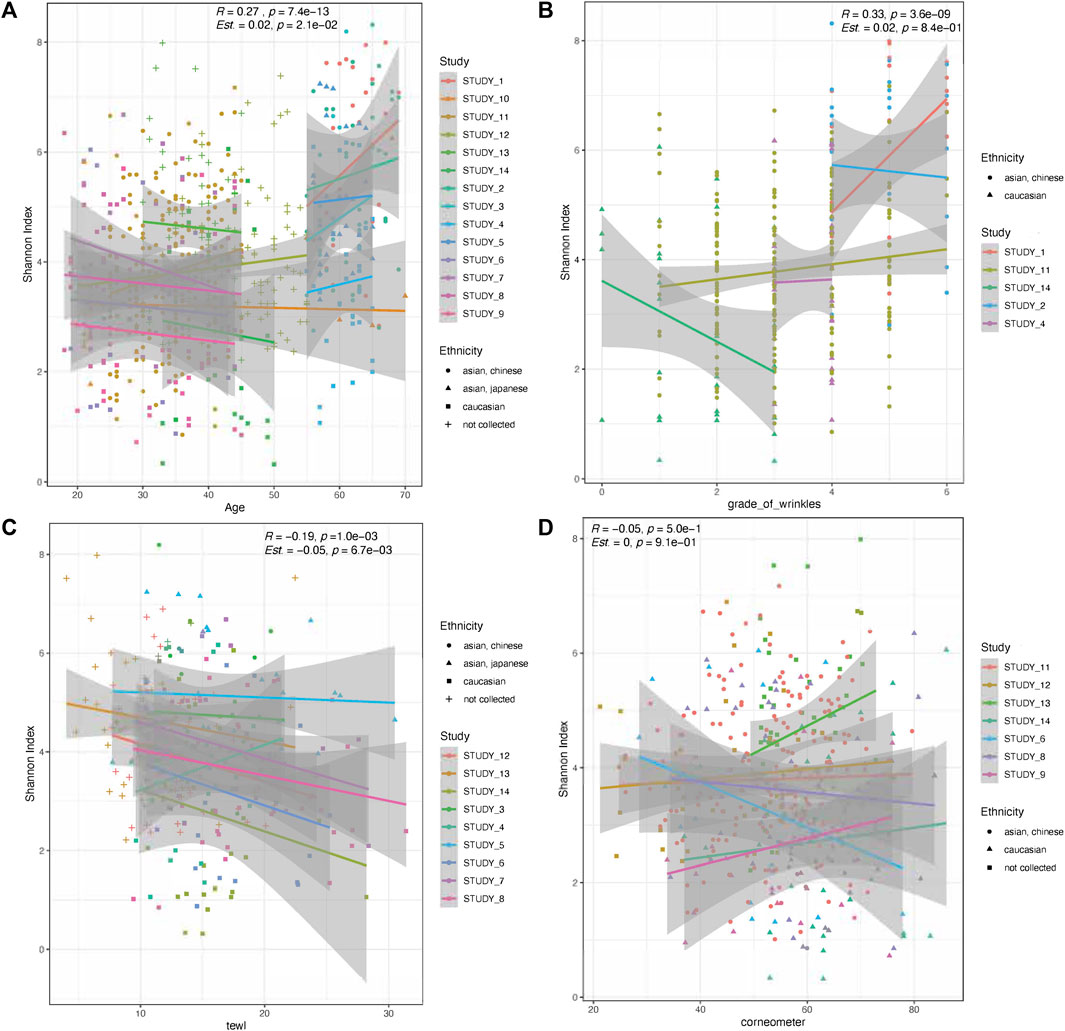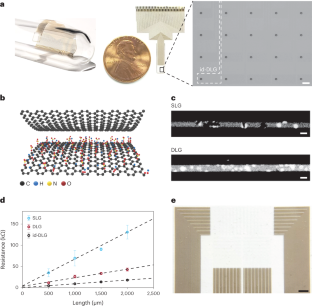2024-01-11 カリフォルニア大学サンディエゴ校(UCSD)
◆研究によれば、皮膚微生物の多様性と「しわ」の兆候との間には正の関連があり、微生物多様性と皮膚の水分蒸発量との間には負の相関が見られました。これにより、皮膚微生物が肌の健康と老化に与える影響が初めて明らかになりました。今後の研究では、これらの傾向を更に詳細に調査し、皮膚老化と微生物の具体的な関連性を理解する方向性が示唆されています。
<関連情報>
- https://today.ucsd.edu/story/researchers-discover-potential-microbiome-links-to-skin-aging
- https://www.frontiersin.org/articles/10.3389/fragi.2023.1304705/full
複数の研究による分析により、皮膚の老化徴候に関連する潜在的な微生物の特徴を同定することが可能になった A multi-study analysis enables identification of potential microbial features associated with skin aging signs
Tyler Myers, Amina Bouslimani, Shi Huang, Shalisa T. Hansen, Cécile Clavaud, Anissa Azouaoui, Alban Ott, Audrey Gueniche, Charbel Bouez, Qian Zheng, Luc Aguilar, Rob Knight, Magali Moreau, Se Jin Song
Frontiers in Aging Published:11 January 2024
DOI:https://doi.org/10.3389/fragi.2023.1304705

Introduction: During adulthood, the skin microbiota can be relatively stable if environmental conditions are also stable, yet physiological changes of the skin with age may affect the skin microbiome and its function. The microbiome is an important factor to consider in aging since it constitutes most of the genes that are expressed on the human body. However, severity of specific aging signs (one of the parameters used to measure “apparent” age) and skin surface quality (e.g., texture, hydration, pH, sebum, etc.) may not be indicative of chronological age. For example, older individuals can have young looking skin (young apparent age) and young individuals can be of older apparent age.
Methods: Here we aim to identify microbial taxa of interest associated to skin quality/aging signs using a multi-study analysis of 13 microbiome datasets consisting of 16S rRNA amplicon sequence data and paired skin clinical data from the face.
Results: We show that there is a negative relationship between microbiome diversity and transepidermal water loss, and a positive association between microbiome diversity and age. Aligned with a tight link between age and wrinkles, we report a global positive association between microbiome diversity and Crow’s feet wrinkles, but with this relationship varying significantly by sub-study. Finally, we identify taxa potentially associated with wrinkles, TEWL and corneometer measures.
Discussion: These findings represent a key step towards understanding the implication of the skin microbiota in skin aging signs.
Highlights
• We confirm the positive link between chronological age and skin microbiome diversity, but we also observed a global positive association between microbiome diversity and grade of Crow’s feet wrinkles, one of the key signs of skin aging, although the relationship varied among the included sub-studies. We additionally observed a negative link between microbiome diversity and transepidermal water loss.
• The link between Crow’s feet wrinkles and microbial features were explored while considering the effect of individual studies and chronological age as a confounder, identifying several potential biomarkers.
• Building a multi-study analysis using independent studies is a valuable method to bolster sample sizes and address questions not possible by individual studies alone. However, as the sub-studies are often generated by different principal investigators and methods, analysis relies on data harmonization and the use of analytic tools that are able to account for those differences.


